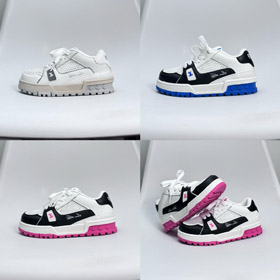Introduction to Sustainability
Sustainable living has become an essential practice as we face increasing environmental challenges. This approach focuses on reducing our ecological footprint by making conscious choices in our daily lives.
Key Practices for Sustainable Living
- Reducing energy consumption by using LED bulbs and energy-efficient appliances
- Minimizing water waste through low-flow fixtures and rainwater harvesting
- Adopting a plant-based diet or reducing meat consumption
- Choosing public transportation or cycling over personal vehicles
These small changes can collectively make a significant environmental impact when adopted widely.
The Circular Economy Model
A fundamental shift from the traditional linear economy (make-use-dispose) to a circular model emphasizes:
- Product designing for longevity and recyclability
- Repairing and repurposing items
- Comprehensive recycling programs
This model not only conserves resources but also creates new economic opportunities.
Community-Level Solutions
Neighborhood initiatives like community gardens, tool-sharing programs, and local recycling centers demonstrate how collective action can amplify individual efforts. Cities worldwide are implementing:
- Green spaces in urban planning
- Municipal composting programs
- Incentives for renewable energy adoption



















